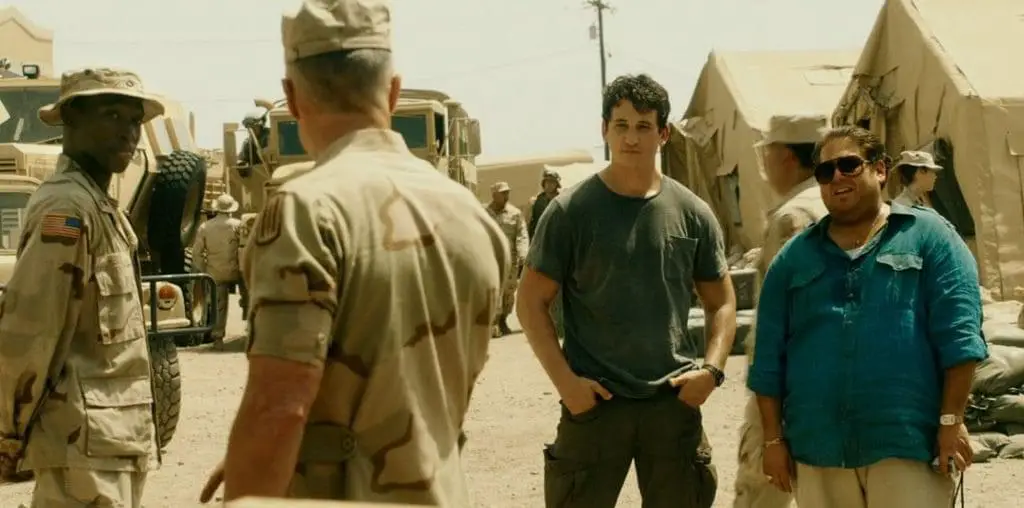
According to the Internet Movie Database, aka IMDB, Richard Chamberlain has a fifty-four film and TV projects to his name. I only remember him from the TV mini-series “The Thorn Birds” (Daryl Duke, 1983). I recall that he sounded British—or at the very least sophisticated European—and walked with good posture. In Allen Smithee’s 1997 film “River Made to Drown In,” Chamberlain reprises the accent and the gait. Set in Santa Monica, California, this film depicts the fragility of the boundary between truth and illusion. Allen (Michael Imperioli) is a painter trying to earn a living with his artwork. With a caring girlfriend (Ute Lemper) in tow, Allen seems to be on his way to a decent life. When an old associate Thaddeus MacKenzie (Chamberlain) re-appears and convinces Allen to search for a young man named Jaime (James Duval), all calmness crashes out of the window.
From the moment they reunite, it’s evident that Thaddeus and Allen had a past that the latter would rather forget. It’s initially unclear as to the exact nature of their relationship and what Allen did for Thaddeus. As the film progresses, though, you’re sure it involved male prostitution. One of the film’s strengths is that it keeps you emotionally invested. You become quite attached to the characters, despite their personal weaknesses.
Good casting choices facilitate the process of character identification. Richard Chamberlain, Michael Imperioli, and James Duval each deliver very natural performances. Chamberlain’s charisma is infectious. He’s also very dashing in his off-white suits, always looking as if he just returned from the French Rivera. He is the very model of sophistication—even when he’s tipsy from cheap red wine.
Michael Imperioli, whose filmography includes “I Shot Andy Warhol” (Mary Harron, 1996) and Summer of Sam (Spike Lee, 1999), wears the skin of Allen quite well. He takes his time with his performance and doesn’t over-act. As particular exchanges in dialogue reveal self-contradictions, his credibility remains intact. Michael may be playing the part of a fictitious character, but he’s still human and therefore prone to saying one thing and believing another.
James Duval, who’s appeared in Donnie Darko (Richard Kelly, 2001) and SLC Punk! (James Merendino, 1999), brings a vulnerable touch to his character. Jaime is a Buddhist monk by day and male prostitute by night. There’s a philosophical disconnect between his path to spiritual enlightenment and his nocturnal activities, which paints him as a confused soul. He’s a very naïve young man and James expresses it implicitly.
Smithee presents these Byronic heroes’ imperfections via the narrative but also with cinematic devices. For instance, Smithee likes parallel editing. Different events or scenes are cut and sequenced in such a way that the viewer perceives them as happening at the same time. Smithee also intercuts two scenes that take a place in different temporal order, creating a simultaneous view into the immediate past and present.
Cynically speaking, the film argues that the characters’ attempts at a respectable life (painting, meditating, and patron of the arts) is just a façade. Indeed, much of the tension between Allen, Jaime, and Thaddeus is that their respective inner demons will inevitably overwhelm them.
The director wants to leave a morsel of hope, though. There’s a gorgeous scene where Allen and Thaddeus are sitting on the beach. The sun is nearly below the horizon, sending out sheets of soft orange. Like their own lives, the ironic message of the day is that death and disease can thrive in such a beautiful world.
Disagree with this review? Think you can write a better one? Go right ahead in Film Threat’s BACK TALK section! Click here>>>
